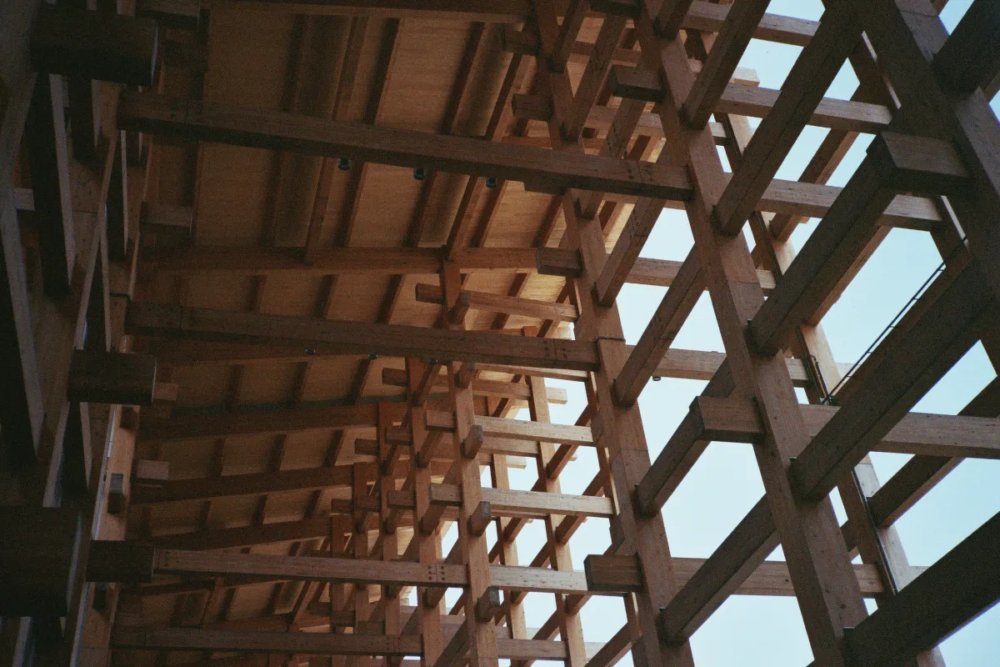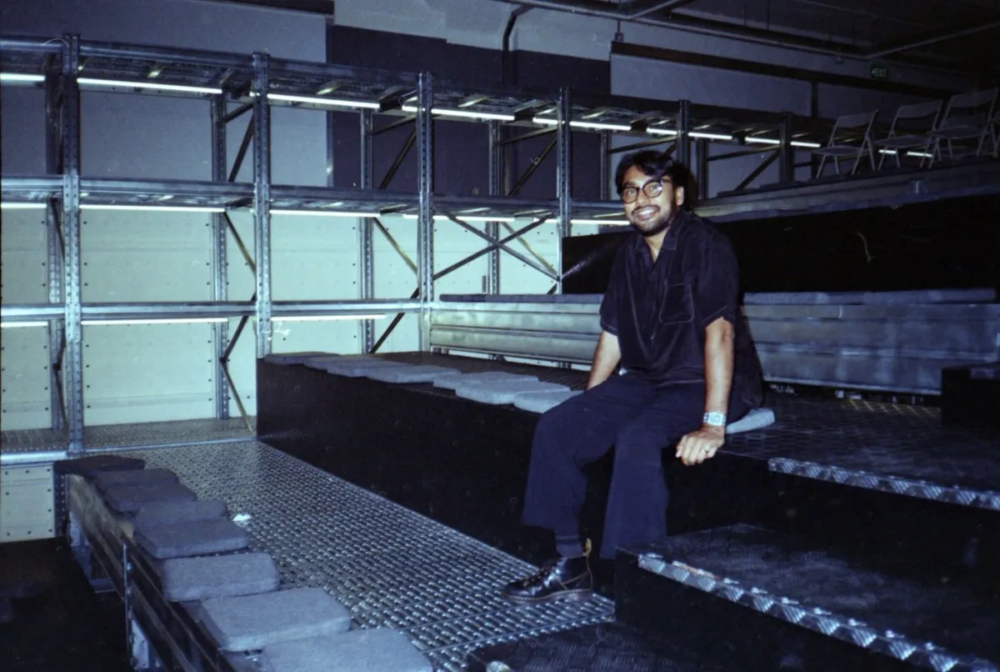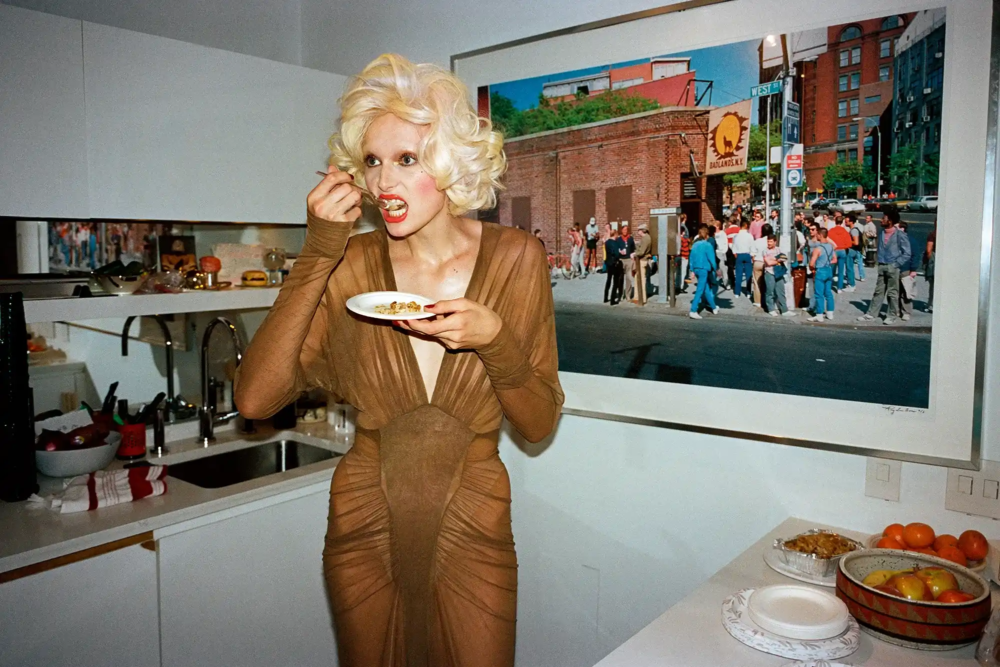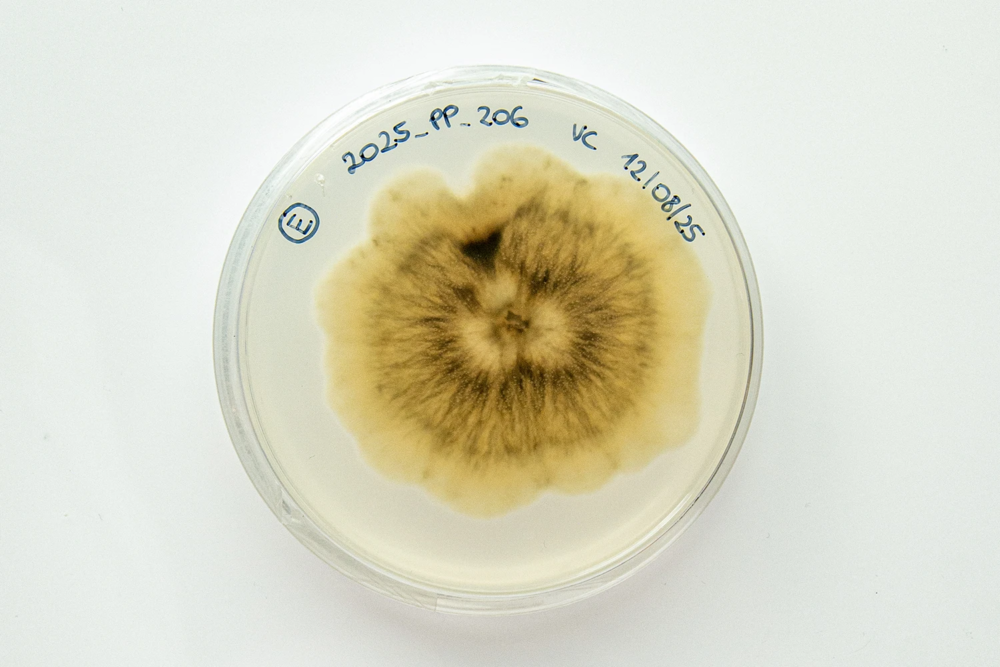
Photography is dead, Jean-Vincent Simonet considers alternative processes
Considering the photographic aura with Jean-Vincent Simonet. The artist discusses his process involving hacked inkjet printers and experimental modes of composition
Jean-Vincent Simonet’s origins, a family print shop
My family owns a print shop, more of a printing factory. But this factory is more linked to working moments than a visual excitement or visual triggers. I hated the print shop when I was younger because it was a place I went to work if I wanted pocket money. It was noisy, not at all a positive stimulation. Instead, my first visual triggers were sketching, pop-culture, graffiti, and video games––the basic teenager interests.
There was no internet. There was something physical about drawing those skating and gaming logos. My first creative interest was not photographic, but more or less the same visual culture by which I would be intrigued. Photography came to me later because I got a camcorder, maybe at age 12. Digital cameras were becoming affordable, and people were getting computers for the first time. I come from the countryside, so my parents were not really computer people.
Art school as an entry to form and technique – Jean-Vincent Simonet
I came from the countryside and was lucky to meet people who knew about ECAL and got me into it. I didn’t have a grounding in art history. I was sucking in everything that was coming from the school. ECAL was nice in that it was a very giving place. Projects, graphic design, photography, art history, applied research; it was so overwhelming at 19. From the second year I got into my study of photography.
I discovered the medium format, analog processes, things I didn’t even know existed because I don’t come from a family of artists. Everything I had done with photography before ECAL was digital. I had my little point and shoot camera. ECAL gave me the tools to try analog, and it changed my relationship with the medium because I couldn’t see directly anymore.
There is time required by this process and a physical feeling. You can also feel it in the final result of the images, there is much more complexity in the color. I went back to digital for other reasons later, but at that time it really felt like a new technical world was opening for me.
I got to try everything: studio portraiture, documentary work, experimental photography. ECAL gave me lots of tools creatively and professionally. My diploma was already about gathering visual materials and subverting photography. I was using photoshop and digital painting at the time but was already into the idea of subverting photography in a final object.
The physical presence of Jean-Vincent Simonet’s prints
If you look at my prints in person, you can clearly see that it would be impossible to get the same results with Photoshop. On a screen, you can’t have the amount of detail that you can get from one meter print. In person, my prints look like more paintings, in terms of surface, texture, gradient.
It’s also impossible for me to make the same print twice. I feel connected with this materiality and sensitive surface, where the prints become something real that you touch and transform with your hands, chemicals, with any physical process. I am trying to escape from the codes, tools and narrative that belong to the photographic world, and try to get closer to painting.
Jean-Vincent Simonet’s digital footprint, the need to maintain an online portfolio
The only reason I scan my work is to have an online presence. The real characteristic, and the whole values of my prints, necessitates in person viewing, even just with respect to scale. I want to make objects more interesting than the scan of themselves, and break with this reproducibility of photography. It’s not possible for me to do series.
It has taken me several years to develop my special techniques using plastic to give a special physicality; a real physical presence that can’t just be reprinted. The tones and color of the plastic itself distinguished my prints from classical inkjets. What I have done physically is what you see in a show. If you go to a Picasso exhibition, and it were only reproductions, it would be a huge disappointment. Nowadays, of course, you need to have Instagram and a website, so your work circulates to rich people. I also have a commercial practice where I work with brands and take on editorial projects.
I always work in my own style. I’m not part of the global fashion system, but I still sometimes find a way to collaborate with those people. They need something they can also diffuse on paper and digitally. The other reason I scan my work is for my own archive, otherwise I wouldn’t have a record of my work. I will make reproductions for commercial and editorial work, and for my archive, but I show physically unique objects in galleries and institutions.
Jean-Vincent Simonet’s first experimentations with alternate printing processes
After I left school, you cannot mess up that much with the school printers. I got a grant to go to Japan and make a photographic project called In Bloom. It became a psychedelic night travel into the cities of Tokyo and Osaka. I was shooting a lot of architecture by night under the neon lights, focusing on the details and textures. The series was shot with medium format and felt really stiff and detailed. Other part of the book focused more on blurry movement.
It didn’t feel right to include the architectural pictures in their original form. At the same time, I was figuring out this dilemma, I was back from Japan and spending a lot of time in my parents’ village. I printed a bunch of dummies of my Japanese book in their factory on classic laser printers, just to edit the sequence. It was there that I began to experiment with those inkjet printers. I made a mistake, and then a second one, and the process itself became built on mistakes.
I used the entire range of materials my dad had. I would forget something for two days and find that it had dried unexpectedly. Five years later, I am still finding new stuff, that’s why I keep on doing it. It was a long, weird process to find my processes. The first interesting result is a short sequence in that book, but it was only the beginning of my experiment. I then had the occasion to show bigger prints in exhibitions and extend the project and find other ways of using my printing techniques. Now, I have a whole practice revolving around it.
[envira-gallery id=”132877″]
The need for mistakes in art making: Jean-Vincent Simonet
I needed time to unlearn what I was taught. I was taught how to make the perfect high-end photographic image, which is nice to know. Photography is tricky because it’s a technical medium. A lot of people love the camera more than the print itself. That’s why 95 percent of people using a camera are doing boring stuff. It is tricky to be able to split from the technical side to traditional conceptions of good images.
I remember at school I was doing dark room photography and made a mistake. I threw out the print, but a few days later, I found it again and it looked amazing. I scanned it and it was part of a show a few months later. Now, when I print, I have a process-based technique. I need to print 200 and pick the five I most like. I must work by making and experimenting.
Some people prepare everything ahead of time. I do hundreds, thousands of prints and from that select my finished pieces. Sometimes, I store them into boxes and find prints a year or two later and decide it has to be included. At first my main concern was to get interesting contrasts, make some parts visible and some abstract. I don’t care about that anymore. It’s about learning your own tools and creating a culture of your own production which you can enhance and evolve throughout time.
How Jean-Vincent Simonet selects images for manipulation
Some of them select for myself because of an interest in my personal practice or regarding the thematic of a show. For example, I have shot the factory a lot because I am drawn to the autobiographical impulse. I grew up there and it’s always evolving.
It also has this dystopian feeling with its machines which I could link to some references from Japanese cyberpunk, video games, and comic books from the 80s. I find so many references in the factory. Some material is chosen for me by designers when I am doing editorial work.
I try to think that if it’s there in front of me, it’s there for a reason. People want to collaborate with me for a reason as well. I want to reinsert my commission work to my personal practice. Not everything has to come from the darkest part of your heart. I did a lot of flower compositions because they exist at every stage of art history from painting to photography. Now, I’m trying to inject more concepts and get more complex.
Deciding when a portfolio is complete – Jean-Vincent Simonet
Sometimes you realize a set of images can work together. Other times, as with In Bloom, a series can be the product of a trip. For the last show, it was quite thematic. Let’s say a gallery wants to confirm a show in five months. I must think about what I have shown before. I don’t want to show the same thing twice. It would be a waste of time. But do I have enough time to start something totally new? Maybe not.
It’s about the schedule. If it’s a small gallery, I don’t need to produce huge prints. If it is a big gallery that could pay for framing, I could go large scale. There are many rational elements to these decisions, and I’m a rational person. Shows allow me to balance my overflow and constant production by rationalizing it. Books are different, books are more thematic and about a certain project, a certain space, a certain time, a certain moment.
The process of finishing and producing a book is also a lot more complicated. There is a mix between irrational and rational elements which must come together in the end. It’s also a collaborative endeavor. Books need publishers, graphic designers, and editors. Shows require curators and gallery directors. Those people also give inputs from their field, and they all want to help put out my best work possible.
Jean-Vincent Simonet’s exhibition style
My hanging style has changed a lot. My first show had paper, with no white space at all, like a full sea of pixels. Now I tend to work with more finished spaces. My last show in Amsterdam balanced format and size and found a good equilibrium.
The director of the gallery had the idea to incorporate my process into the show but thought it would be too didactic to use a video of it. We thought of making the prints in the space and leaving a trace of my production, I didn’t want to have the printer in the space for the show because once again it was too didactic.
We brought my printer from Paris to Amsterdam, and I printed four long sheets of plastic which we hung in the gallery. It was a bit like a performance. For the first time, it went out of the canvas and onto the frame. I want to explore this idea more in the future and make more site-specific work. It is a question of escaping the frames once again. The wall is a part of the ink, which is part of the substance of the images.
Ephemerality in an attention economy – Jean-Vincent Simonet
With the factory series, the images are not interesting, it’s like a bunch of boxes or two barrels and the technique is what brings out a picture aspect. It gives them a visual, contextual, and ethereal value that didn’t exist in the original picture.
I do photography because it has become a bit pointless nowadays because it became everything. How many pictures do you see on Instagram a day without consideration? In eroding photographic quality to transform the image into something else, will perhaps give it a longer attention.
Jean-Vincent Simonet’s future project
My show in Amsterdam was the final iteration of my project about the factories. It’s time to start to do something else. I’m in a full research mode and everything feels a bit open. I have a fait to prepare for in November and need to find something. I’m working on something for that opportunity that will still be inkjet, printing on plastic surfaces. I just discovered some new ways of transforming the surface, so I will not stop now. I don’t have a clue what I will do in terms of subject. I increasingly try to think less in terms of being a photographer and more in terms of being a painter.
Jean-Vincent Simonet
Jean-Vincent Simonet graduated from ECAL in 2014. He is based in Paris and Zurich where he juggles between commissioned photography, editorial and personal explorations.
Faced with the flood, the abundance but also the disembodiment of images in the 21st century, Jean-Vincent Simonet aspires to revive their aura and their physicality. With their hallucinatory colors, liquid shapes and shifting contours, the young Frenchman’s photographs are distinctly painterly: urbanity dissolves into phantasmagorical skies illuminated by the city’s lights, petals become liquid stains dripping onto each other, naked bodies resemble cyborgs or dolls with their supernatural shine and hues, while industrial machines are reduced to abstraction, a jumble of blurred and contrasting components.







